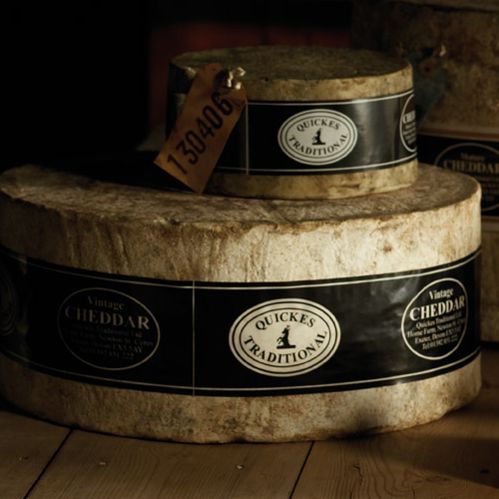We often get asked about the cost of products we sell, some customers perceiving them as expensive. I thought I would start with biltong. The base product for biltong is good meat, usually silverside, which costs around $12, plus GST, per kilogram. After curing, spicing and drying the loss is 60%, which leaves 400 grams from each kilogram. The cost is then around $30 per kilogram. This leaves the butcher to sell wholesale at between $39 - $45 per kilogram. Out of this, they have to cover their rent, other ingredients, wages, electricity, and sometimes transport.
As a retail outlet we buy in at that level, and still have a drying factor. Biltong just received will lose another 10% in the first 48 hours, up to about 30% after 10 days. After adding GST it is clear that the margins are thin selling the product at $59 per kilogram. And we happily remove the fat, slice it, and will package it to requirement. The same goes for cured meats such as prosciutto. In the case of Parma ham, around 25% are rejected by the inspector after a 300 day drying period.
Wine production is a great example too. Great wines, many of which are AOC or DOP, are governed by the yield per hectare. Reduced yields will lead to better quality wine, while there is no restriction on many cheaper New World wines. Then many are blended by great experts, aged in expensive casks, and so forth. So there is good reason that when you buy a higher priced wine the cost of production will have been substantially more.
The cost of cheese depends heavily on the choice of milk. Cows produce substantially more milk that sheep, goat, or buffalo. Sheep only produce about 1.5 to 2 litres daily, while goats produce more. Despite this, because sheep milk delivers a higher yield in the cheesemaking process because of its structure. Goat milk has a lower yield, in addition to what has to be discarded due to taint. To make a 40 kilogram wheel of Parmiggiano Reggiano will take over 400 litres of milk. Processes such as microfiltration also increase yield, so we see Danish White Cheese, aka Feta selling for around $13/kilogram. Processed cheese makes use of emulsifiers to increase the water content, and can also appear to be cheap.
Fruit and vegetable prices are very volatile, based on supply and seasonality. What is often overlooked is that many products have to be harvested by hand, and so they appear to be pricey wherever you may shop. Those that come from countries with cheap, or exploitative, labour will always be more competitively priced.
As with everything, economies of scale also plays a role. Huge factories churning out tons of product daily have a significant price per unit advantage. That is why a kilogram of processed Edam can be sold for under $10, and caged chickens are half the price of free range.
Compounding the issue is distribution costs. The further the product has to travel, the more expensive it will be, and there is a deterioration factor if it is fresh. As an aside, let us debunk the "food miles" myth. The carbon footprint of the transport factor, on most foods, even imports is less than 10%. New Zealand Lamb, sold in the UK, is more environmentally friendly than their own.
In New Zealand, the major food distribution channel is the supermarkets, and no good has come from having a duopoly. Supermarket floorspace in New Zealand increased by over 30% between 2008 and 2013. The population did not, and this excess increases the cost of distribution, and it relates in the price of the food we buy. Markets, farmers markets and independent retail outlets are often priced well below the supermarket chains as verified by their ever increasing popularity popularity.
The increase in globalisation also means that the products we eat as part of a so called western diet are being taken up by a burgeoning middle class in China and India, so much so that demand has soared for some products. We have seen Goat Milk cheese prices rise by as much as 25% in the past few years, and expect to see more of the same.
The only conclusion I can safely give this piece is to encourage you to always buy the best possible quality that your budget will afford. Often you will find you're spending less!









